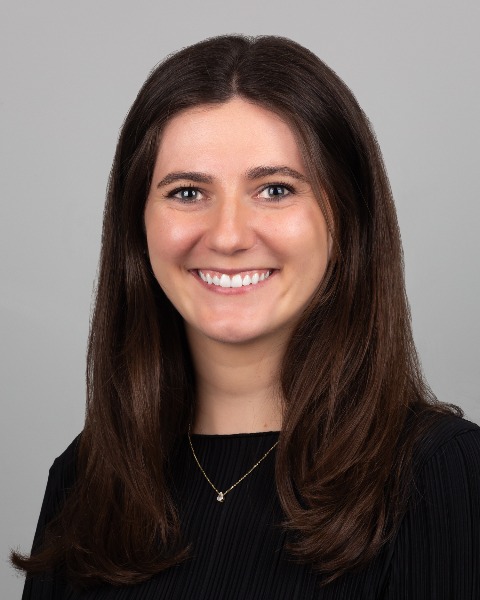Cardiology
Session: Cardiology Works in Progress
WIP 43 - Applying Deep Learning to Automate Identification of Ventricular Septal Defects by Echocardiography
Friday, May 3, 2024
5:15 PM - 7:15 PM ET
Poster Number: WIP 43
Publication Number: WIP 43.801
Publication Number: WIP 43.801

Cayla Wakser (she/her/hers)
Medical Student
Medical University of South Carolina College of Medicine
Mt Pleasant, South Carolina, United States
WIP Presenting Author(s)
Background: A Ventricular Septal Defect (VSD) is a prevalent congenital heart defect, accounting for 20-30% of all congenital heart defects. If the VSD is hemodynamically significant, treatment is necessary to prevent potential long-term morbidities. Diagnosing a VSD involves visualization through echocardiography, a process carried out by pediatric cardiologists and pediatric cardiac sonographers that is labor-intensive.
Objective: In previous research, our team developed a groundbreaking deep learning model called the Ultrasound Video Network (USVN), specifically designed to extract pertinent information from ultrasound clips. We demonstrate the model's efficacy in identifying patent ductus arteriosus (PDA) in echocardiograms of preterm infants (sensitivity = 98%, specificity = 80%, and AUC-ROC = 0.93) . We believe we can successfully retrain this model to automate the identification of VSD from echocardiograms. Ultimately, integration of such a classifier into auto detection software could streamline VSD imaging workflow and help diagnostic capabilities of providers in resource limited environments. This work is the first step toward semi-automated, bedside detection of VSD with the assistance of machine learning.
Design/Methods: We have two specific aims for this project. The first aim focuses on detecting the presence or absence of VSD from echocardiograms . In the second aim, we aim to adapt the architecture to predict VSD size and flow direction. Predicting flow direction is akin to identifying VSD because it can be determined from a characteristic pattern in the color Doppler clip. We have obtained Institutional Review Board (IRB) approval from our home institution, and have initiated the process of collecting and labeling an echocardiogram library with labeled clips for training the USVN deep learning model. Our current project timeline aims to complete data collection by December 2023, with preliminary results from the USVN model expected in January/February 2024.
